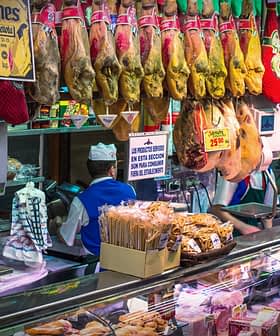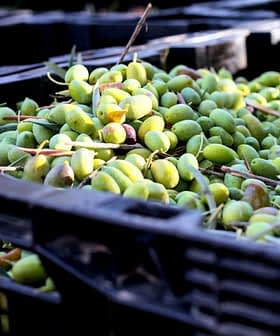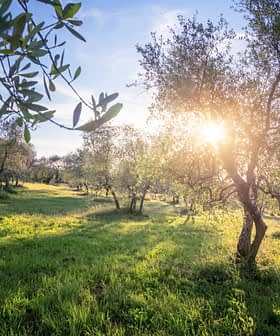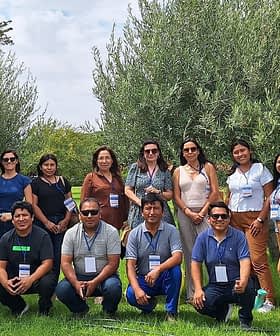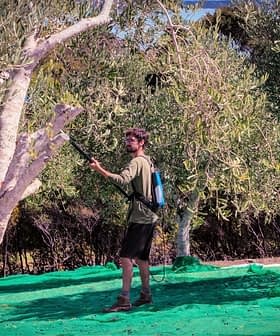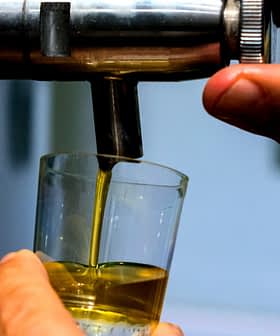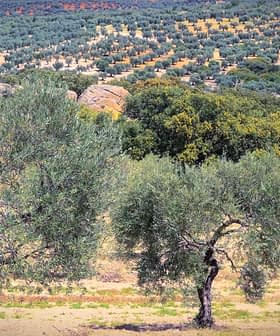How the Iberian Ant Can Help Control Pests in Olive Groves
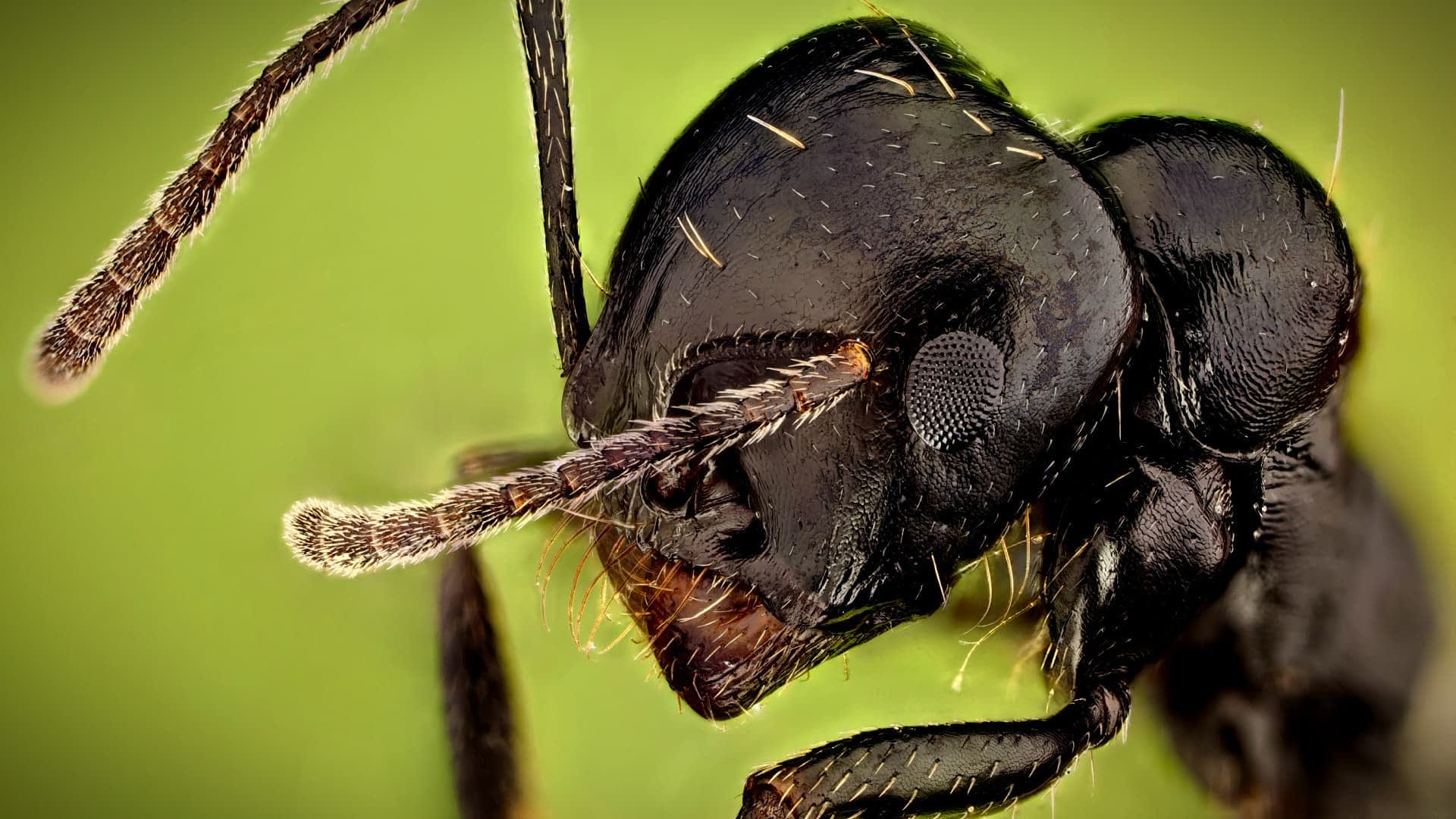
Researchers found that the Iberian ant, Tapinoma ibericum, is effective in controlling olive grove pests such as the olive moth, making it an ideal candidate for biological pest control. The study utilized stable isotope analysis to track energy flow and trophic interactions within ecosystems, showing that the ants prey on the olive moth at critical stages without becoming hyper-predators, making them suitable for pest control without harming beneficial species.
Researchers from the National Museum of Natural Sciences of Madrid and the Biological Station of Doñana, both affiliated with the Spanish National Research Council and the University of Granada, have released a joint study into the effectiveness of the Iberian ant, Tapinoma ibericum, as a means of controlling olive grove pests such as the olive moth.
The study, published in the Journal of Applied Entomology, concludes that the species is an ideal candidate.
Undoubtedly, this study can help those who work with agricultural ecosystems, such as farmers and technicians, to apply biological pest control both in olive cultivation and in other plantations.
Tapinoma nigerrimum was previously considered a single ant species harmful to European agriculture. However, a 2017 study determined that the T. nigerrimum complex comprises four distinct species that can be identified only by high-resolution numeric morphology-based alpha-taxonomy methods. One of these species is the Iberian ant Tapinoma ibericum.
To correctly identify the species involved in their study, the team sent specimens from olive orchards and natural habitats throughout the survey area to the Senckenberg Museum of Natural History in Görlitz, Germany, to be identified using the numeric morphology-based alpha-taxonomy technique.
See Also:Researchers Reintroduce Bats to Andalusian Olive Groves to Combat PestsThe results showed that T. nigerrimum tends to inhabit more natural ecosystems than T. ibericum, which was found to inhabit olive orchards in the study region.
Far from being detrimental to agriculture, the study showed that the opposite is true for the Iberian species, which feed on the same type of food regardless of the agricultural management applied in the different olive orchards.
This is important because a predator not affected by management could be used to enhance local biological control planning and strategies.
“Undoubtedly, this study can help those who work with agricultural ecosystems, such as farmers and technicians, to apply biological pest control both in olive cultivation and in other plantations,” said Rubén Martínez-Blázquez, a researcher at the Biological Station of Doñana.
To determine the role of Tapinoma ibericum in Iberian olive orchards, the researchers applied stable isotope analysis. This novel approach analyzes the quantity and ratio of stable isotopes in the tissues of organisms.
Stable isotopes are atoms with the same number of protons but a different number of neutrons and are not radioactive. Different isotopes accumulate in living tissue at different rates according to environmental factors.
Analyzing the isotopes nitrogen-15 and carbon-13 makes it possible to track energy or mass flow through ecosystems and discern complex trophic interactions within a food web.
This is because carbon-13 is eliminated through respiration and nitrogen-15 through urine excretion, allowing one to estimate both the carbon sources in an organism’s diet and the position of said species within a food web.
However, this requires a set of prior data, such as the time needed for isotopes to accumulate in the tissues of the organism in question and how the isotopic fingerprint changes or is maintained over time according to diet.
The research team acquired this base dataset by rearing ants within a laboratory setting, feeding them with one of four diets: a mixture of honey and yeast, aphids that consume cover crop plants, olive moth larvae or the carnivorous insect Chrysoperla carnea (green lacewing) which is another important olive moth predator.
Olive moth
The olive moth is a member of the Plutellidae family of moths and is endemic to Southern Europe and North Africa. The moths are pernicious olive pests; adults lay their eggs in the fruit. After hatching, the larvae feed on the olives, causing significant damage.
The final analysis concluded that Tapinoma ibericum readily preys upon Prays oleae at critical stages in the pest’s life cycle, making it an integral part of the biological control of the species.
In addition, including the green lacewing in the initial laboratory stage allowed the researchers to conclude that the ants do not assume the role of hyper-predator, consuming other species beneficial to the natural control of the olive moth.
“Ants are opportunistic, and if there are pests, such as the olive moth (Prays oleae), the ants feed on them,” co-author Francisca Ruano said. “Having also proven that they do not become hyper-predators, which could be a problem for other species necessary to maintain the health of the soil and the olive tree itself, [they are] ideal candidates to act in the control of this type of pest.”
In Andalusia, the world’s largest olive-producing region, the olive moth is one of the most common olive pests.
Prays oleae produces three generations per year: the phyllophagous generation, which feeds on olive leaves from November to April and overwinters in the canopy; the anthophagous generation, which feeds on floral buds from April to June; and the carpophagous generation when larvae penetrate the fruit and feed on the stone from June to October.
All three generations can cause damage to olive groves, and the success or failure of each generation determines the size of the following generation.
Throughout the study, the researchers note that biodiversity is critical to controlling pest species by natural predators. This is demonstrated by the increased abundance of ants in areas with more complex semi-natural habitats and reduced pesticide use.
They found, for example, that ants living next to and within organic olive orchards tend to move from the natural adjacent vegetation to the olive trees mainly when the ground cover starts to wither, corresponding with the time that the olive moth lays its eggs on young olive fruits. Predation at this stage can have a marked impact on subsequent generations.



